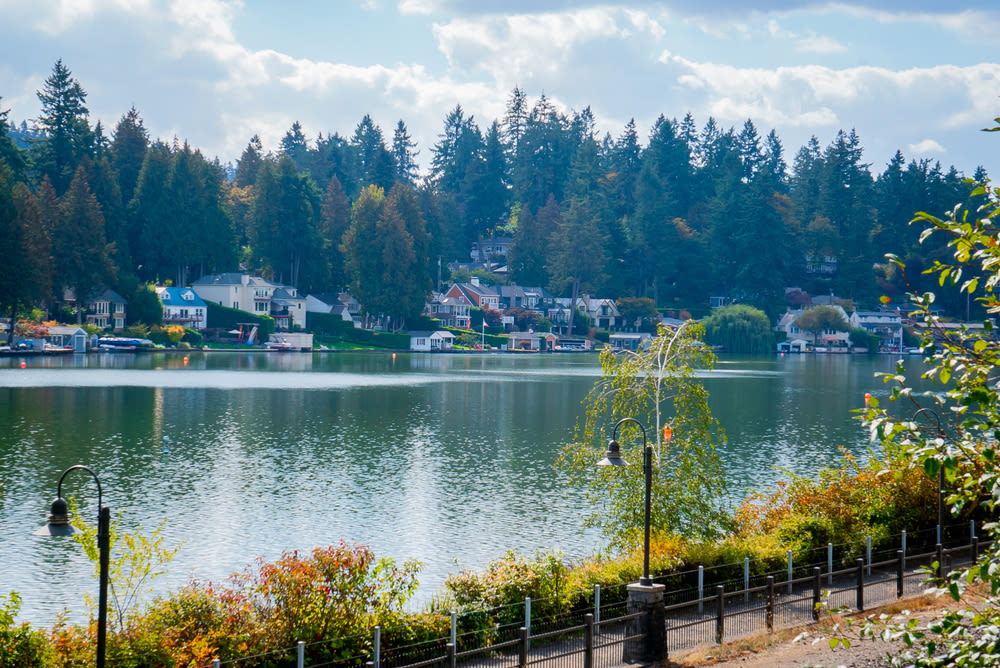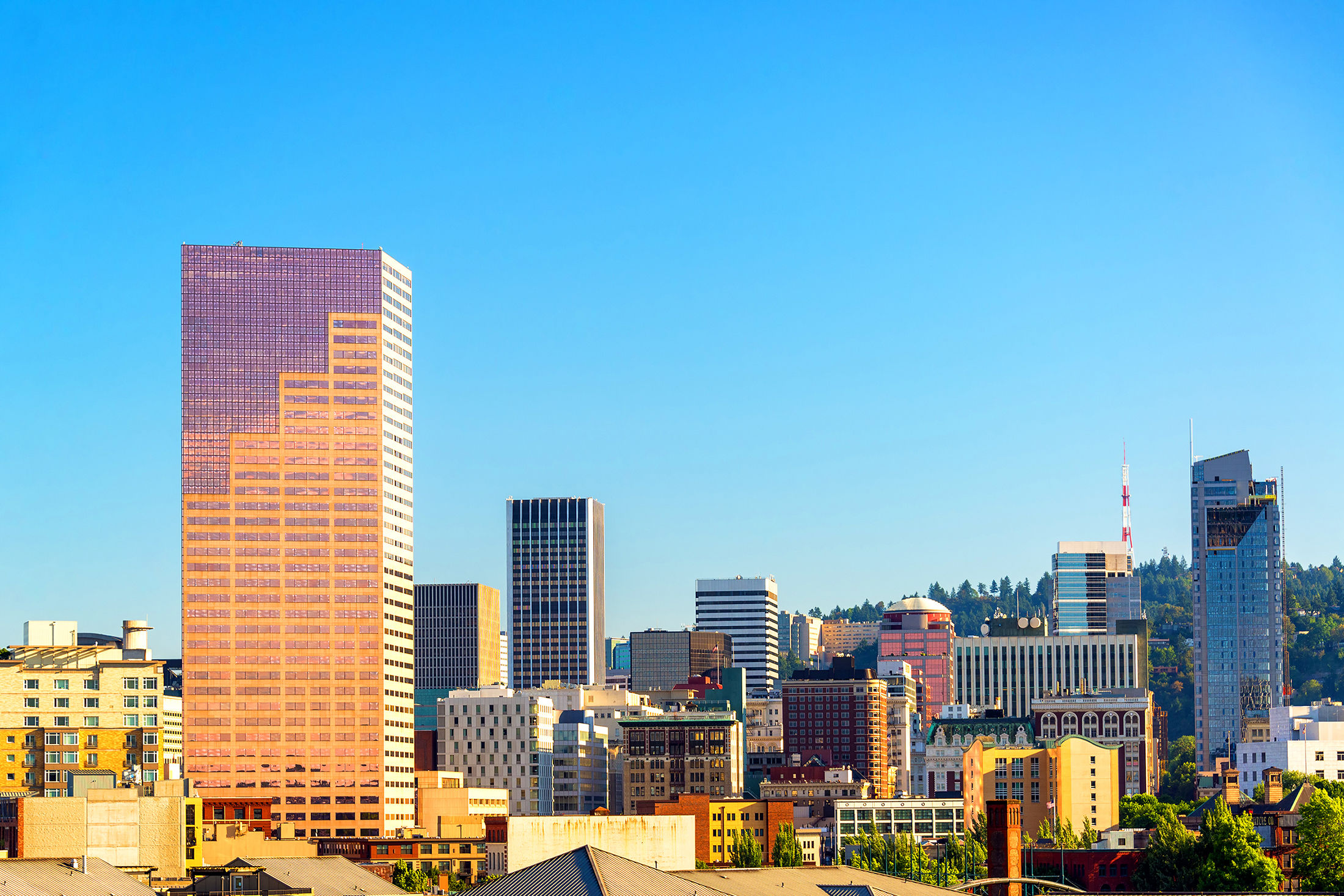Neighborhood Guide: Lake Oswego

Let’s get this out of the way—yes, Lake Oswego is among the very wealthiest of Oregon communities, with a median household income that’s at the tippity-top of the metro area. Yes, swimming and boating in the namesake lake is restricted to city residents, and the center of a messy legal battle to broaden access. And yes, in the summer of 2020, an East Indian family that placed a “Silence Supports Police Violence” sign in their window received a pointed—and anonymous—note from a neighbor requesting its removal so their street could remain, “a quiet and safe place we wanted to return to after being at work.”
But the city is changing. That Black Lives Matter controversy, for example, was met with hundreds of city residents turning out to support the family who had posted the sign. And the city council, which includes immigrants from Vietnam and Senegal, signed off on a plan to allow for rezoning of a portion of the former Marylhurst University campus, along Lake O’s southern border with West Linn, to build multifamily affordable housing there.
Residents recommend calling ahead if you want to nab some of the tasty house-made ceviche from Casa de Pollo, a family-owned Costa Rican restaurant, because it sells out regularly. (Don’t let its location in a nondescript strip mall fool you.) Go more upscale at Jefe, where the bougie tacos boast unusual filings, including breaded razor clam and avocado salsa, or hit up the brand-new Lola’s Café Bar, owned by the city’s mayor, no less, for healthy, trendy bowls, including the “Nourish Bowl,” with roasted sweet potato, broccoli, sautéed kale, chickpeas and quinoa. (Spoil that virtuous eating at the Ice Creamery, an old-style scoop palace that’s been around for decades and makes its legendary milkshakes with Tillamook ice cream.)
The city prides itself on support for public art, and there are dozens of public sculptures all over town, rotated out every few years (with residents voting on which ones will become permanent). Grab a free art walk map from almost any local business and go gallery-hopping without any walls. In spring, your nose might lead you to the Rogerson Clematis Garden at Luscher Farm, an old farmhouse that’s been converted into a public space with paved and natural walking trails, dog parks, and a community garden. Or take a picnic to Steven’s Meadow, 20.5 acres of reclaimed farmland turned natural grassland, including wizened apple trees planted by 19-century residents. From there, hike up nearby 42-acre forested Cook’s Butte, for a bird’s-eye view of the city below.




